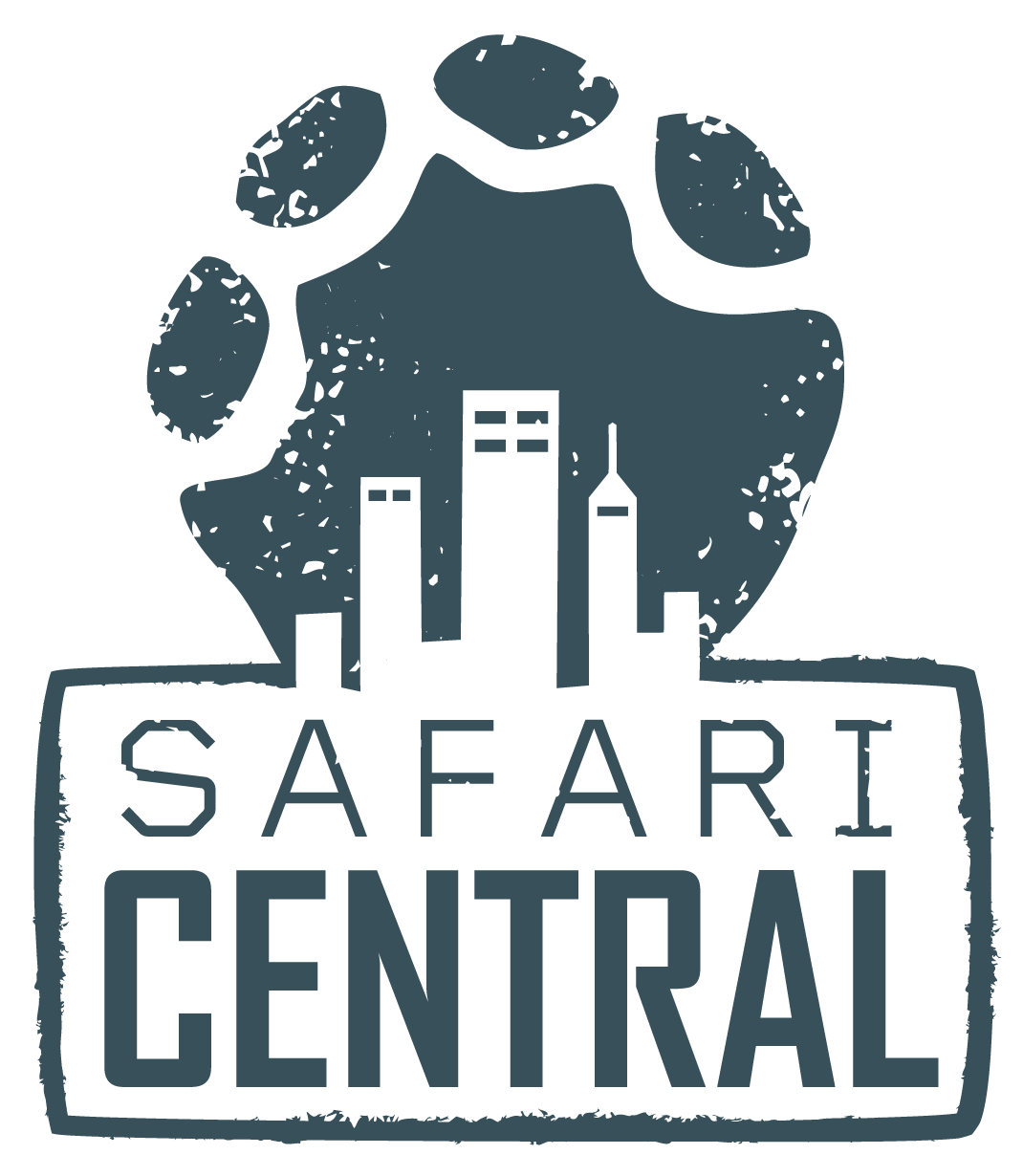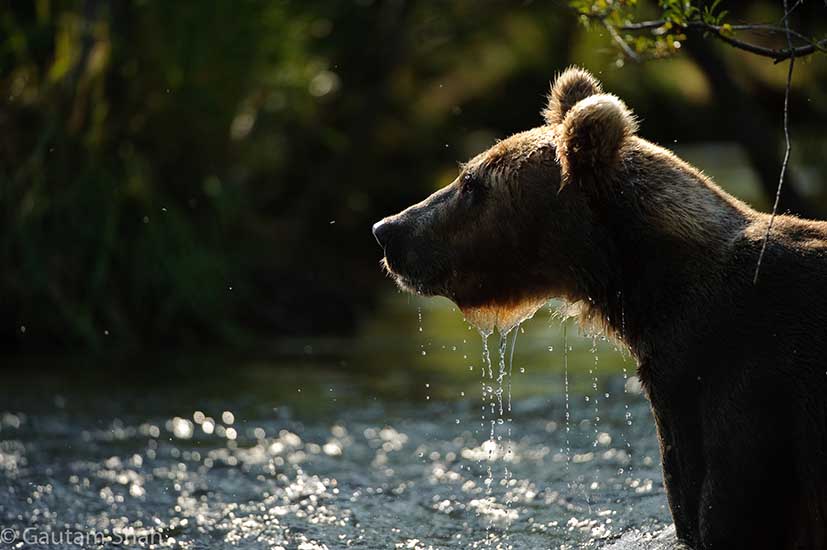Ethyl the grizzly bear
Ethyl is a 20-year old grizzly bear who likes to wander a lot. Tracking data shows that she walked over 2,800 miles through Montana and Idaho in 3 years. She crossed high mountains as well as highways, apple orchards (from which she was kindly asked to leave - twice), and even people’s backyards. While Ethyl’s journey was unusual, all grizzly bears do require vast areas in which to roam. The Chicago Zoological Society and Vital Ground Foundation work to secure safe passage for grizzlies throughout northwestern North America.
Grizzly bear facts
Grizzly bears are a subspecies of brown bear that once roamed throughout western North America. Now they are limited to isolated patches of protected areas.
Grizzly bears tend to avoid humans, but are sometimes lured to garbage and other sources of human food. When their cubs are threatened, they become aggressive.
A grizzly’s diet is omnivorous - it includes grasses, roots, berries, nuts, insects, fish, and large mammals, such as deer.
Grizzlys hibernate in dens for about 7 months. Pregnant females are the first to enter their dens, followed by mothers with cubs. Solitary males are last to pack it in for the winter.
Grizzly cubs stay with their mother for two to three years. After that, they live fairly solitary lives, but will occasionally join others for a good meal.
Ecosystem
Grizzly bears use and cross a variety of North American habitats within subalpine mountains - preferring river valleys, montane forests and open woodland. They play an important role in regulating prey species and spreading nutrients and seeds.
The Chicago Zoological Society
The mission of the Chicago Zoological Society is to inspire conservation leadership by connecting people with wildlife and nature.
Since the opening of Brookfield Zoo in 1934, the Society has had an international reputation for taking a cutting-edge role in animal care and conservation of the natural world. Today, there is an increasing need for conservation leaders to guide, teach, and motivate people to protect the world’s threatened wildlife and ecosystems. In addition to conservationists, the Society inspires and engages children, students, teachers, and others among the general public to make a positive impact on the natural world around them.
Chicago Zoological Society’s conservation and research programs expand far beyond the boundaries of the zoo. They support a wide range of field work, from grant-supported projects at wildlife refuges and habitats to release programs that return animals to their natural environments.
The Vital Ground Foundation conserves private land for grizzly bears and other wildlife in the northern Rocky Mountains. They also support programs that reduce conflicts between bears and humans.
Try the app
Do you want to play around with Ethyl yourself? Download Safari Central from the App Store or Google Play!






